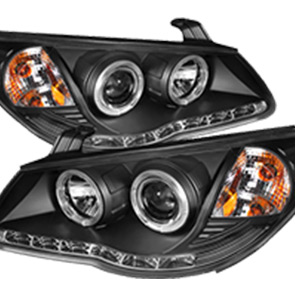go kart throttle cable ends
Understanding Go-Kart Throttle Cable Ends An Essential Component for Performance
Go-kart racing is an exhilarating sport that demands precision, speed, and control. One of the most crucial components that ensure a go-kart operates smoothly and efficiently is the throttle cable. Among the various parts that make up this component, throttle cable ends play an essential role in translating the driver's input into the engine's performance. This article will explore the significance, types, maintenance, and replacement of go-kart throttle cable ends.
What are Throttle Cable Ends?
Throttle cable ends are the terminating parts of the throttle cable that connect to the throttle pedal and the carburetor or throttle body. They are designed to provide a secure fit, allowing for smooth operation of the throttle system. The cable's primary function is to control the engine's air intake, which in turn regulates the engine's speed and power output. A properly functioning throttle cable end is vital for ensuring that the driver's commands are accurately translated into the desired engine performance.
Types of Throttle Cable Ends
Throttle cable ends come in various designs and materials, depending on the make and model of the go-kart and the type of engine being used. The most common types are
1. Ball End This design features a small spherical end that fits securely into a corresponding socket. It allows for a wide range of motion and is often used in high-performance karts. 2. Barrel End Barrel ends are cylindrical and fit into a slot or cup. They are typically used in applications requiring less travel and provide a very stable connection. 3. Hook End Shaped like a hook, this design wraps around a bracket or a lever. Hook ends are favored for their secure fit and are commonly found in various go-kart models.
4. Adjustable Ends Some throttle cables come with adjustable ends that allow for fine-tuning of cable tension. This feature is particularly useful for racers looking to optimize their karts for different conditions or personal preference.
Importance of Proper Maintenance
Maintaining your throttle cable ends is critical for both performance and safety. Over time, these components can wear down due to friction and exposure to environmental factors such as dirt, moisture, and extreme temperatures. Regular inspection is essential to identify any signs of wear or damage.
go kart throttle cable ends

Signs of a Failing Throttle Cable End - Inconsistent engine response when pressing the throttle. - Gritty or stiff throttle feel. - Unusual noises from the throttle area. - Visible fraying or degradation of the cable itself.
If any of these issues are identified, it’s crucial to address them immediately to prevent further damage to the throttle system or potential safety hazards while racing.
Replacement and Installation
Replacing throttle cable ends is a straightforward process, but it requires attention to detail to ensure proper installation. Here's a general guide
1. Disconnect the Battery For safety, always disconnect the battery before working on your go-kart. 2. Remove the Old Cable Detach the old throttle cable from the throttle pedal and the carburetor. Carefully note how it is routed, as this will guide the installation of the new cable.
3. Install the New Cable Route the new throttle cable exactly as the old one was, ensuring there are no sharp bends or kinks. Connect the cable ends to the throttle pedal and throttle body.
4. Adjust the Tension If using adjustable ends, make sure to set the appropriate tension to allow for smooth throttle operation without too much slack.
5. Test the Installation Reconnect the battery and test the throttle response. Adjust accordingly before taking your go-kart out on the track.
Conclusion
The throttle cable ends may seem like small components, but their importance in the functionality and performance of a go-kart cannot be overstated. Understanding their types, maintenance needs, and replacement procedures will not only enhance your racing experience but also ensure your safety on the track. A well-maintained throttle system translates to better control, quicker response times, and ultimately, more enjoyment from the thrilling world of go-kart racing.
-
Workings of Clutch Pipe and Hose SystemsNewsJun.04,2025
-
The Inner Workings of Hand Brake Cable SystemsNewsJun.04,2025
-
The Secrets of Throttle and Accelerator CablesNewsJun.04,2025
-
The Hidden Lifeline of Your Transmission Gear Shift CablesNewsJun.04,2025
-
Demystifying Gear Cables and Shift LinkagesNewsJun.04,2025
-
Decoding Clutch Line Systems A Comprehensive GuideNewsJun.04,2025
